Articles

Humanizing Brands: The Impact of User-Centered Marketing
14 de May de 2024
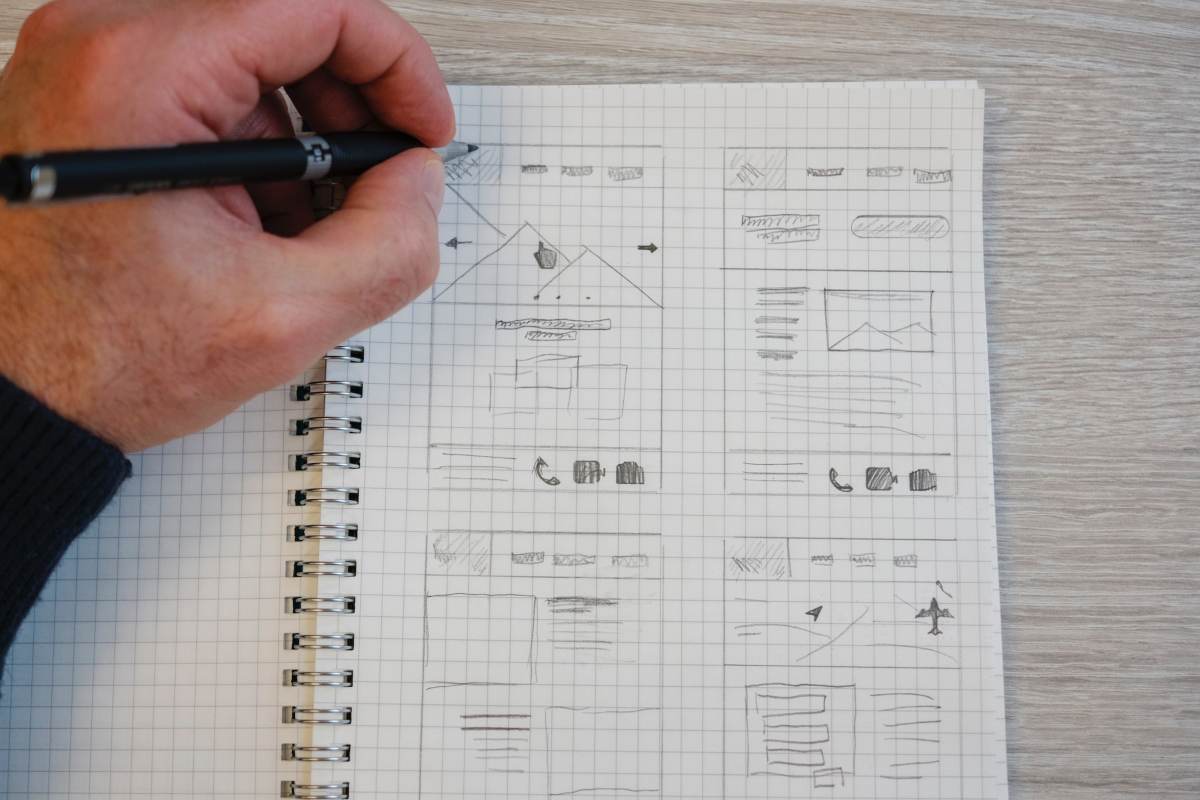
When you’re a kid, the thing that excites you the most is being able to decorate your room the way you like it: hanging a poster of your favourite band or sport idol. These choices spread out over time and end up shaping part of your personality as a grown up. Once you’ve become an independent person, it’s time to choose furniture, a sofa, chairs, tables, paintings and whatnots in order to put your home in harmony with what you were looking for.
When it comes to creating websites, you must apply the logic of the site and not your own personal taste. You must have a conversation with your clients in order to become their point of reference. Your role will always be to act as sales manager and to present the most attractive and optimised product possible. As a child, you wanted your room to look cool, right? You wanted your friends to be envious of your room. While designing a website, this should be your premise: to become a role model for your competitors. In order to achieve this, it’s always good to stop for a moment and look for inspiration in other existing websites, trying to see what’s working for the competition. Adapting and applying the best formats so that our product becomes optimal. Would you be able to distinguish which are the fundamental elements of a website depending on the type of business?
Solemnity, seriousness and all the possible information — three concepts that must be present in a corporate website. Inside the website, there are usually menus and all sorts of secondary accesses whose goal is to host other content, such as services, collaborations, contact information, history, social commitment, annexe blog, etc.
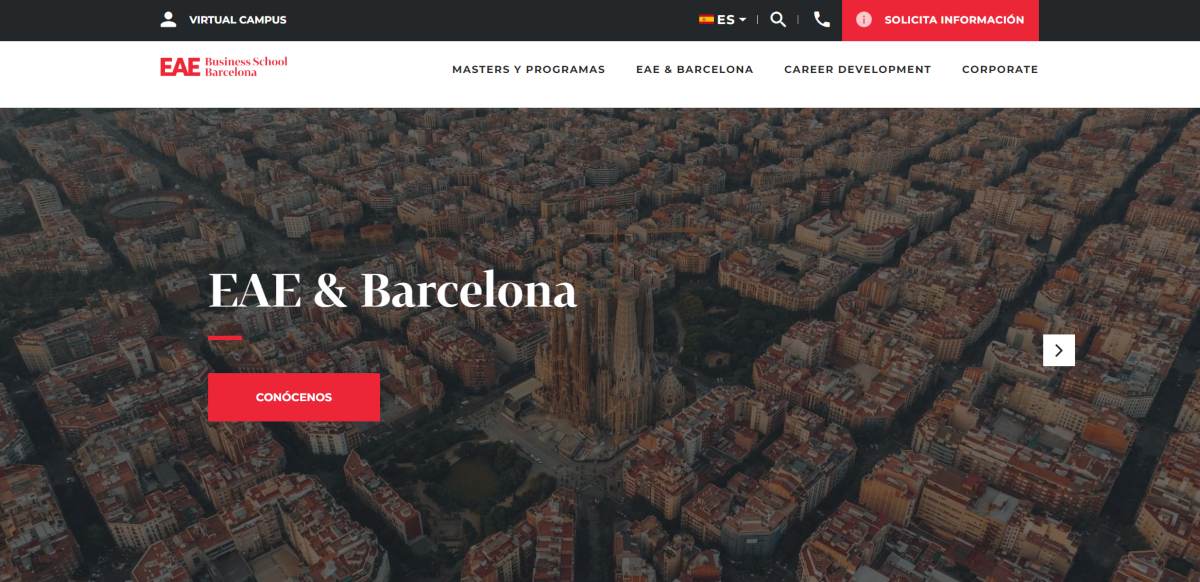
As soon as you enter a building, you can notice the prevalent atmosphere — you can feel the company’s culture in every breath you take, you notice the colours used among employees, the types of offices, classrooms, the building itself… These are all examples of what your website should reflect. Where should you begin? Find the right typography, one that represents what you want to transmit; use corporate colours that go well with the logo; pay attention to each section, curate it, and organise and keep your website clean in order to avoid excessive stimulations on already stimulated users.
Its three main characteristics are:
We are part —and also guilty— of the online shops and e-commerce boom. We were born with technology in our hands and we’re not capable of imagining a world without home delivery of food, clothes, tech, etc. It’s a trending market with an increasing number of consumers and businesses that are turning their heads towards the internet. Aware of the fact that you can’t compete with giants like Amazon, the best thing to do is to have a large catalogue with clear prices and with a detailed description of the shipping process, the costs, the payment methods and the opinion of other users.
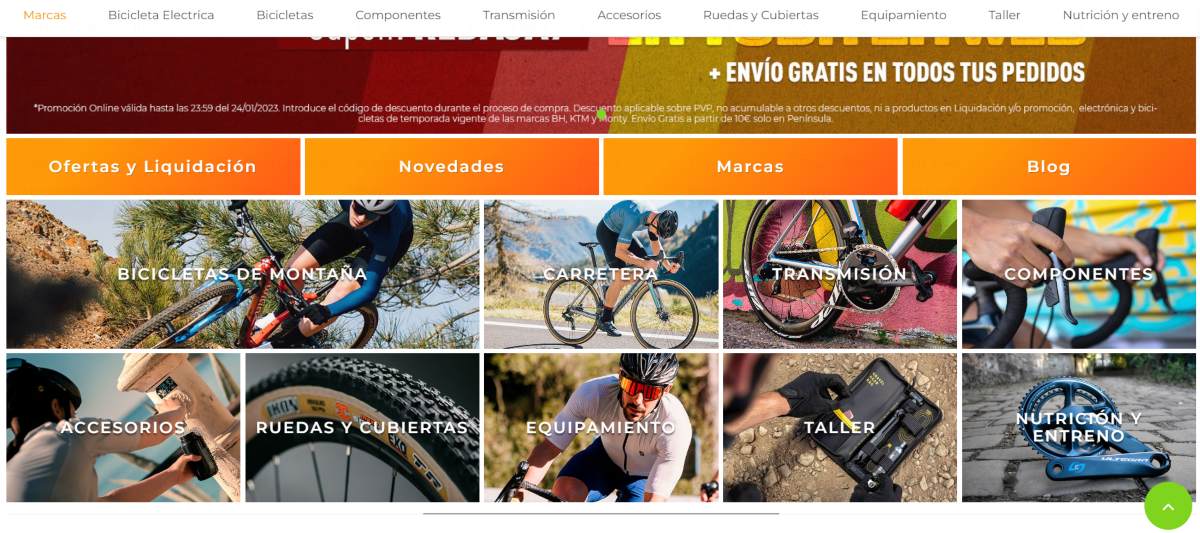
It’s essential to provide a clear explanation on return and shipping policies. For this, you can use a menu to take you to said sections. Also, it’s convenient to order products by category and offer the possibility to add filters so that clients can find what they are looking for without going crazy
Its three main characteristics are:
As you can tell by its name, this is a single landing website. All the content you can interact with will be reached by scrolling down. Its main advantage is its efficiency and economy. A clear example of a landing page are hotel and accommodation websites.
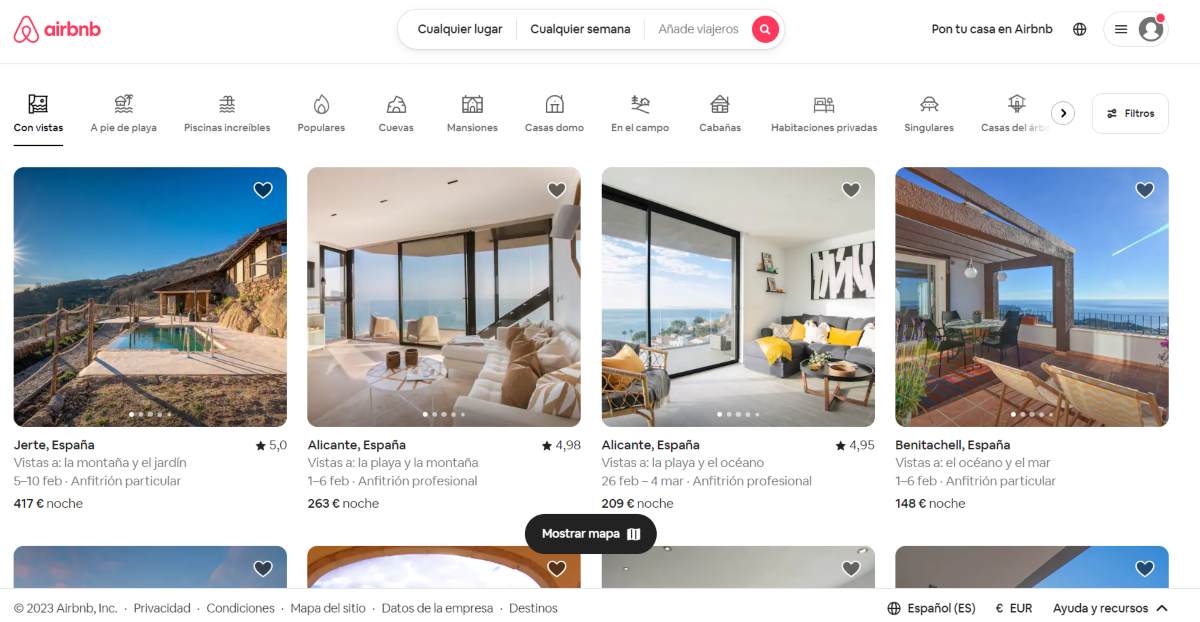
Its goal may be to present a special offer or introduce the launching of a product, among other things. This means that your task will be to create attractive visual content, to choose an eye-catching typography, to present little but useful information in order to get clients to interact with the different elements. Achieving this last goal is the true commercial value of these types of websites.
Its three main characteristics are:
It’s the most basic step for someone looking to introduce a product on the internet. In a blog, you can publish personal posts, experiences and reflections. Its main characteristic is its relevance, because, in general, they are inspired by content that’s posted on a daily basis, covering current affairs. Depending on the brand’s identity —and the blog’s goal—, they will use a friendly and casual tone or a more serious and formal one.
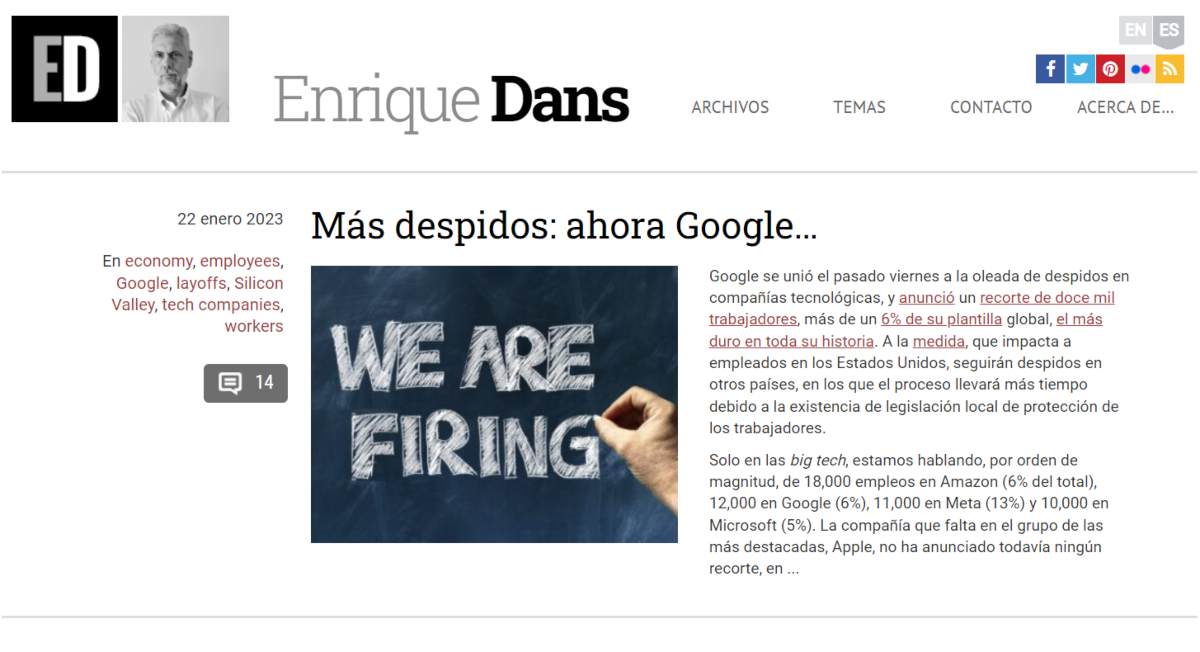
It often happens that big companies have side blogs, whose quality redirects more traffic to their secondary domain rather than to the corporate website. Besides up-to-date content, blogs must look modern and have current topics as their cornerstone. Delving into this world is simple since there are thousands of free tools to create your own blog — WordPress and Blogger are giants in this sector. You shouldn’t insert many elements — a simple menu and access to social networks will be enough. You will be seeking to achieve user interaction with your content; that’s why privacy policies must be made very clear.
Its three main characteristics are:
If your activity or business is photography, for example, a portfolio is your best option. A simple website where, out of all the senses, sight will be working the most. Make sure you catalogue all your work (weddings, birthdays, newborns, etc) and make it intuitive, so it’s easy to find.
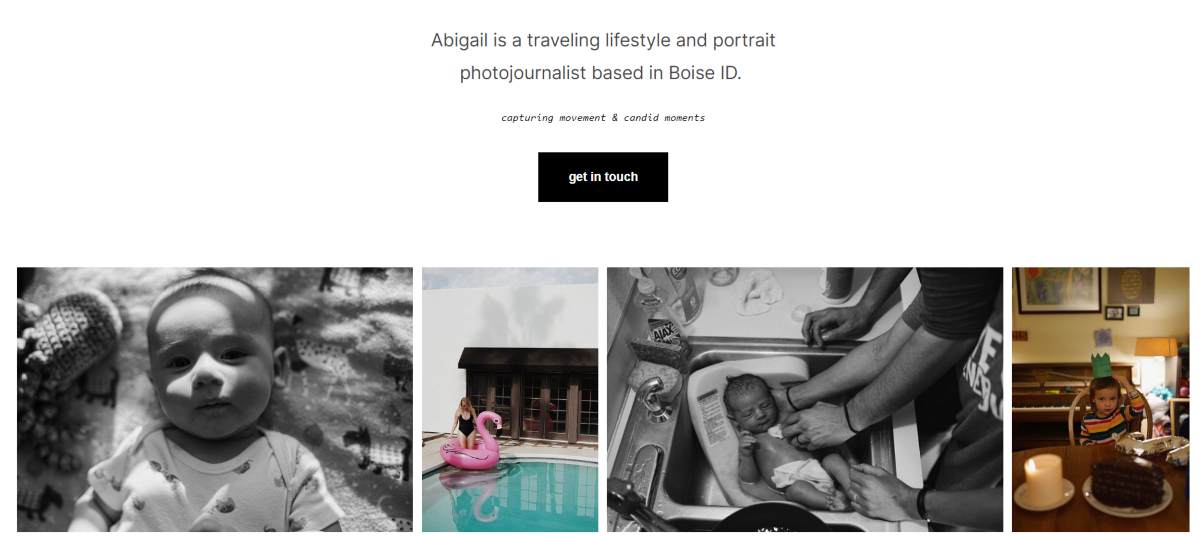
This website can be seen as a curriculum vitae, where people come to see your work experience and decide to hire your services. You should show contact information, expositions and even prices.
Its three main characteristics are:
Remember that quality comes first. A well presented product, unsaturated, well optimised and adjusted to user needs is much more interesting than presenting a lot of information, which can cause clients to get lost and miss what they were really looking for. Keep the most visited websites at hand in order to establish the similarities, strengths and weaknesses of your business.
Users have decided to search for the product or service that you’re offering — now, the first thing they will come across your website. We must always bear in mind that our goal is to achieve customer loyalty and we can only do that with an optimised website. According to Statista, in the world, there are more than 1.8 billion websites — so, your main task will be to differentiate yourself and make the most of your virtues.
A website must pursue the goal it was created for. That is: always bear in mind the type of business and think of ways to make customers consume our product. It’s essential to highlight what matters the most, to offer a different point of view and to make the most of our virtues, reflecting them on our website.